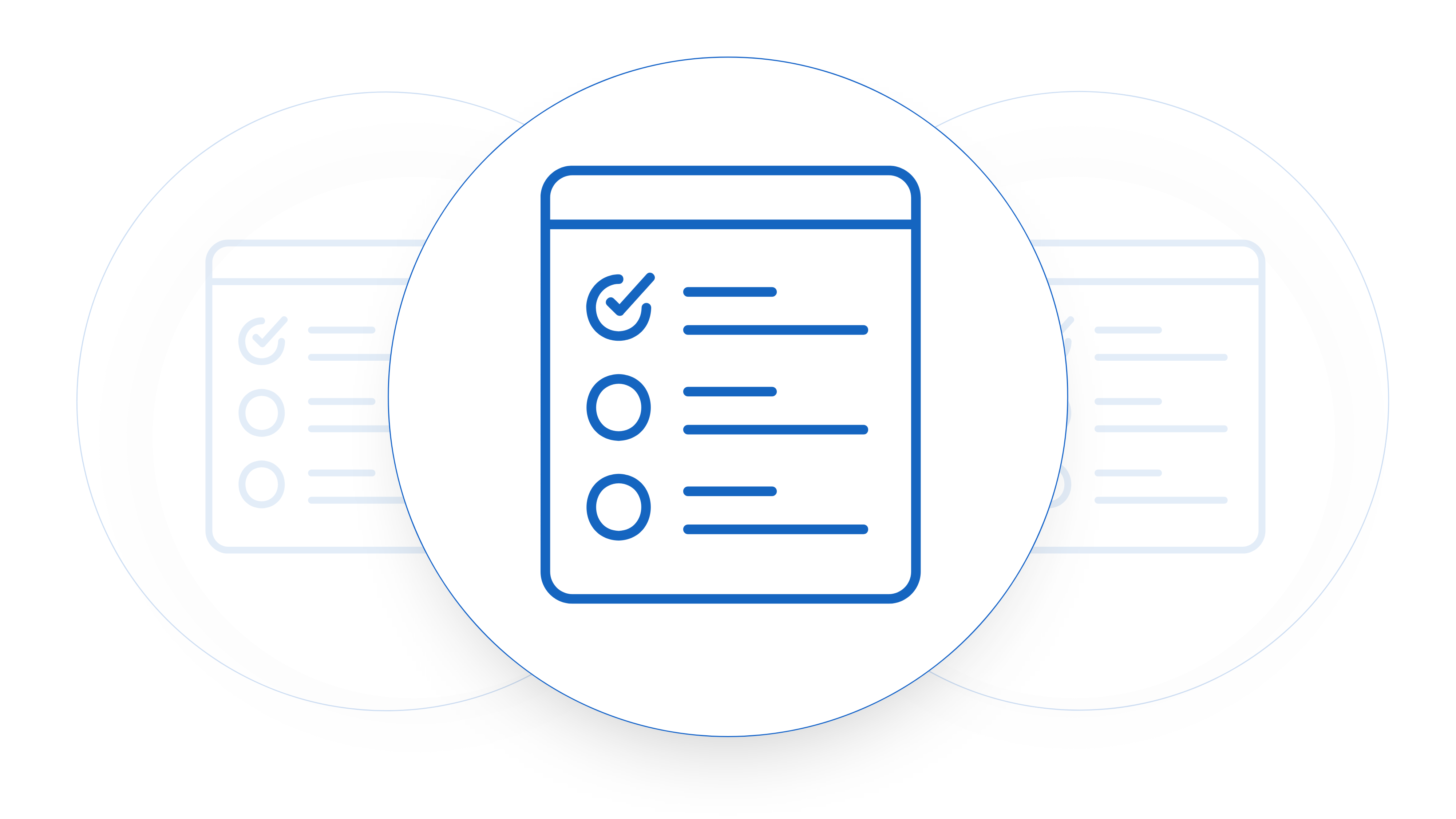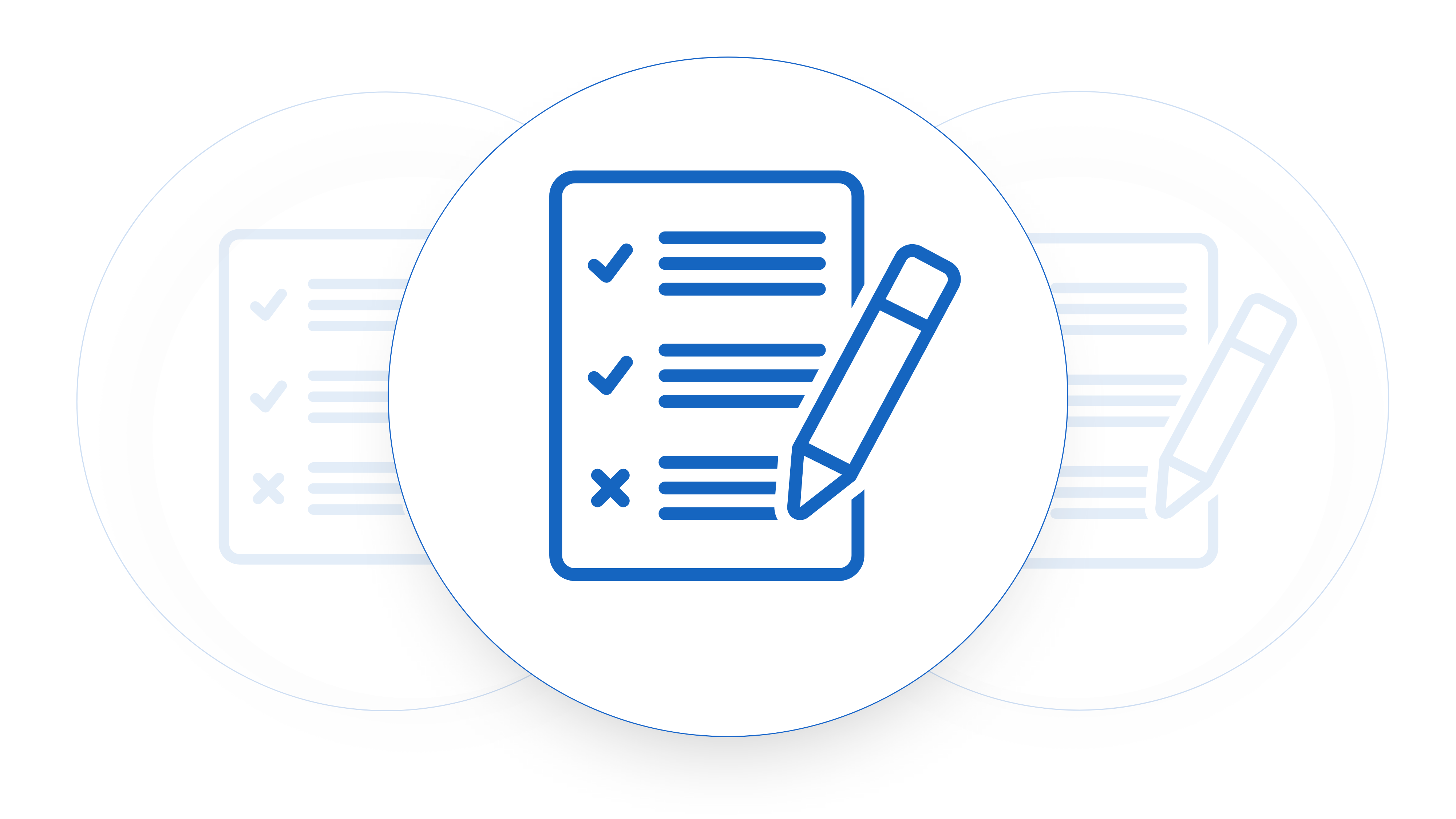Closing sales fast is the bread and butter of any growing startup. Your sales cycle and closed won to cash in bank cycle are very clear indicators of a businesses ability to grow fast. Every founder or head of department should be involved in answering the question ‘how to speed up my sales contracting’ as part of this. Whether it be in the form of getting involved in negotiations or building out the product to be less risky for customers – everyone should be involved. Every delay in the contracting process can mean a lost opportunity or a frustrated client. Lets have a look at some strategies and techniques to speed up your sales contracting process, helping you close deals faster and drive revenue growth.
Understanding the Importance of Efficient Sales Contracting
Why Sales Contracting Matters
Sales contracting is the step of the your sales pipeline where agreements are formalized, defining the terms and conditions of a sale. It sets the foundation for a successful business relationship and ensures clarity and legal protection for both parties involved and helps you move forwards.
Impact of Slow Contracting on Sales
Slow contracting can have detrimental effects on sales performance. It leads to prolonged sales cycles, increased customer churn, and missed revenue opportunities. Moreover, it can give your business the reputation of hard to work with, as clients expect prompt and efficient service when they want to use your product.
Identifying Bottlenecks in the Contracting Process
Common Challenges
Identifying the bottlenecks in your current contracting process is the first step towards improvement. Common challenges include manual paperwork, complex approval workflows (getting the right people to approve changes in your contracts as you negotiate), and lack of integration between sales and legal teams. By addressing these bottlenecks, you can speed up your sales contracting process and enhance overall efficiency. At Contract Sent we’ve built out our contract management tasks feature to allow you to quickly assign tasks for approval.
Analysis of Current Processes
Conducting a thorough analysis of your existing processes helps pinpoint areas for improvement. Look for inefficiencies, redundancies, and points of friction that slow down the contracting workflow. Our contract tracking dashboard will make this easy for you.
Streamlining the Contracting Workflow
Implementing Automation Tools
Embracing automation tools such as electronic signature platforms, contract management software and contract comparison tools can significantly accelerate the contracting process. These tools streamline document creation, approval, and signing, reducing turnaround times and minimizing errors.
Simplifying Document Templates
Simplify your document templates to make them more user-friendly and adaptable to different sales scenarios. Standardize contract clauses, terms, and conditions to expedite the drafting process and ensure consistency across agreements. Using a contract template library will massively improve your efficiency here.
Training Sales Team on Efficient Contracting
Provide comprehensive training to your sales team on efficient contracting practices. Equip them with the necessary skills and knowledge to navigate the contracting process smoothly and handle objections or questions from clients.
Leveraging Technology for Faster Contracting
Digital Signature Platforms
Digital signature platforms enable remote signing and instant document exchange, eliminating the need for physical paperwork and postal delays. They offer a secure and legally binding way to finalize contracts in minutes, not days. It might sound simple but a lot of companies are still not using these!
Contract Management Software
Contract management software centralizes contract repositories, automates renewal reminders, and tracks contract performance metrics. It provides visibility into the contracting pipeline and facilitates proactive management of agreements. Contract Sent has been built as a contract management platform for early stage businesses.
Redline What Matters
Raise Changes For Approval To Turnaround Contracts Faster
Improving Communication and Collaboration
Enhancing Internal Communication
Promote open communication and collaboration between sales, legal, and other relevant departments involved in the contracting process. Establish clear channels for feedback, approvals, and escalations to prevent delays and misunderstandings.
Facilitating External Collaboration
Foster transparent communication with clients throughout the contracting process. Keep them informed about the status of their agreements, address their concerns promptly, and offer personalized assistance to expedite the closing process.
Prioritizing Client Needs
Understanding Client Requirements
Take a consultative approach to understand your clients’ needs and preferences regarding contract terms and conditions. Tailor your agreements to align with their goals and objectives, fostering trust and loyalty in the relationship.
Offering Flexible Contracting Options
Provide flexible contracting options such as tiered pricing, customizable packages, and scalable contract terms. Empower clients to choose the options that best suit their needs, facilitating faster decision-making and accelerating the sales cycle. Following some common contract negotiation tips will help you improve this process.
Measuring and Analyzing Contracting Performance
Key Performance Indicators (KPIs)
Define key performance indicators (KPIs) to measure the efficiency and effectiveness of your contracting process. Track metrics such as contract cycle time, conversion rates, and customer satisfaction scores to identify areas for improvement.
Continuous Improvement Strategies
Implement continuous improvement strategies based on data-driven insights and feedback from stakeholders. Regularly review and optimize your contracting workflows to adapt to changing market dynamics and customer expectations.
Ensuring Legal Compliance
Legal Review and Compliance Checks
Prioritize legal review and compliance checks to ensure that your contracts adhere to relevant laws and regulations. Involve legal experts early in the drafting process to minimize legal risks and mitigate potential disputes down the line.
Staying Up-to-Date with Regulations
Stay informed about changes in legal regulations and industry standards that may impact your contracting practices. Regularly update your contract templates and procedures to reflect the latest requirements and best practices.
Managing Risks in Contracting
Identifying and Mitigating Risks
Identify potential risks and vulnerabilities in your contracts, such as ambiguities, omissions, and conflicting clauses. Develop risk mitigation strategies to address these issues and protect your business interests.
Implementing Risk Management Strategies
Implement robust risk management strategies to safeguard against unforeseen events or disputes. Consider using insurance coverage, indemnification clauses, and alternative dispute resolution mechanisms to minimize exposure to legal and financial risks.
Creating a Culture of Efficiency
Encouraging Feedback and Innovation
Encourage a culture of continuous improvement and innovation within your organization. Solicit feedback from employees and stakeholders on ways to streamline the contracting process and leverage technology to drive efficiency.
Recognizing and Rewarding Efficiency
Recognize and reward employees who contribute to improving the efficiency of the contracting process. Celebrate milestones, share success stories, and incentivize teamwork to foster a collaborative and results-driven work environment.
Case Studies: Success Stories in Accelerated Sales Contracting
Highlight real-life examples of companies that have successfully optimized how to speed up my sales contracting process to achieve measurable results. Share insights, best practices, and lessons learned from these case studies to inspire and inform your audience.
Everyone in your business should be working together to answer the question – how to speed up your sales contracting? This process is a team effort for maintaining a quick lead to cash cycle in the business and will determine how fast your business can really grow. By identifying and addressing slow areas, leveraging technology, prioritizing client needs, and building a team where your sales and legal departments work together as one, you can streamline your contracting workflow, close deals faster, and drive sustainable growth.
FAQ’s
Automation tools streamline document creation, approval, and signing, reducing turnaround times and minimizing errors.
Contract cycle time, conversion rates, and customer satisfaction scores are common KPIs used to measure contracting performance.
Companies can prioritize legal review, stay up-to-date with regulations, and involve legal experts early in the drafting process to ensure compliance.
Open communication and collaboration between internal teams and clients facilitate faster decision-making and smoother contract negotiations.
Offering flexible options empowers clients to tailor agreements to their needs, speeding up the negotiation process and enhancing customer satisfaction.












